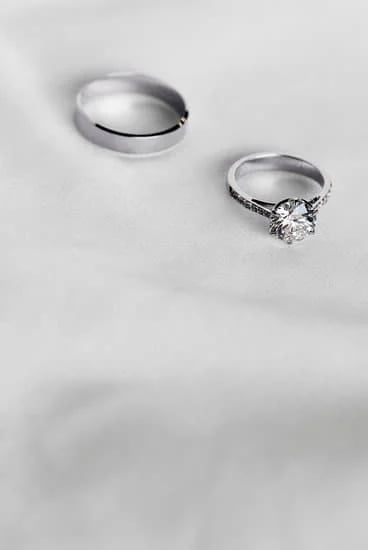Troubleshooting Tips
1. Have supplies and tools organized and ready before beginning a project. This helps save time and can prevent frustration as you work through your design and construction process.
2. Follow instructions closely when working with jewelry making kits, this will help ensure the precision required to create a quality piece of jewelry.
3. Be mindful of level of difficulty when selecting a new project, starting with an overly complex design can result in frustration or the creation of an unsatisfactory product.
4. Measure twice, cut once – this age-old adage applies to all facets of any creative pursuit but when dealing with expensive materials it is particularly important for accuracy across all stages of the creative process.
5. If you encounter trouble, start from the beginning and double-check steps one by one until you identify mistakes in your process or find solutions to problems as they arise.
6. If a mistake has occurred that cannot be undone consider whether it can be worked into the final product somehow – oftentimes creative solutions lead to quirky effects that add character to handmade pieces!
Inspiration & Resources
In addition to physical resources, the internet is a great source for researching and inspiring jewelry design ideas. Follow jewelry designers on social media pages and websites like Pinterest to get new ideas and see how professionals are styling popular pieces. Join online forums dedicated to discussing specific topics related to jewelry making, such as proper threading techniques or soldering tips. Take a course in jewelry making basics online, or purchase instructional books or DVDs if a more interactive approach is preferred. Look through fashion magazines, catalogs, and art books for more visual ideas. Attend craft shows and prospect fairs locally to talk directly with well-known jewelry makers about their techniques.
Safety Tips
Making jewelry is rewarding but also has certain risks associated with it. To ensure you have a safe experience while crafting jewelry, it is important to take necessary safety precautions. Wear gloves when handling beads, wires, and other jewelry-making supplies to avoid getting scratches or cuts from sharp edges. Also, wear protective eyewear when using any tools that generate sparks or heat. Doing so will help protect your eyes from small pieces of jewelry flying off during the process as well as direct contact with any debris or sparks created by tools like soldering irons.
Time Saving Tips
1. Gather all the necessary tools prior to beginning your project. Make sure the supplies are organized and that you have adequate lighting to work with.
2. Look through the instructions prior to beginning and have an idea of what needs to be done ahead of time. This will help you plan out your steps more efficiently and complete them quicker accordingly.
3. Measure twice, cut once – this rules especially applies when making jewelry or any other DIY project! Taking extra time while measuring reduces mistakes and saves time in the long run.
4. Use a timer when starting a project – setting aside a specific amount of time helps maintain focus, instead of getting lost in the process and taking longer in completing it.
5. Break up larger projects into smaller parts and set goals for each part of the day, so you can check off each item on your list as they are completed.
6. Take short breaks throughout your project, or alternate between two projects if needed to refresh yourself; this helps keep energy levels up as well as motivation!
Storage Solutions
Organizing and storing jewelry pieces is an important part of the jewelry-making process and there are many ways to do it. One method is to invest in attractive boxes and bins to store jewelry pieces – this could include a variety of sizes and shapes, based on what kind of pieces you’ll be storing. Before deciding on containers for jewelry storage, take inventory of the finished pieces and unfinished components, such as pliers or extra beads. This will help you determine which size and type of containers will work best for your needs. Keep in mind that it’s important to separate the finished items from the unfinished ones since they may require different types of storage.
For finished jewelry items, use shallow drawers or trays with compartments so each piece can be individually identified and stored safely. Make sure these containers have lids to keep out dust, moisture, and other debris. When creating trays, get creative – reuse objects like old plastic school boxes or small woven baskets that add visual interest while being functional. It’s also possible to find pre-made organizational items with dividers that can help organize larger projects more easily.
Unfinished components should be stored in an area away from finished products to make sure that no contamination occurs when assembling new pieces. Organize these components into labeled compartments for easy access when you need them. Other options include using small see-through cases, plastic stacking boxes with drawers, plastic bags or craft organizers with compartments designed specifically for beads or smaller items that need special attention.

Welcome to my jewelry blog! My name is Sarah and I am the owner of this blog.
I love making jewelry and sharing my creations with others.
So whether you’re someone who loves wearing jewelry yourself or simply enjoys learning about it, be sure to check out my blog for insightful posts on everything related to this exciting topic!





